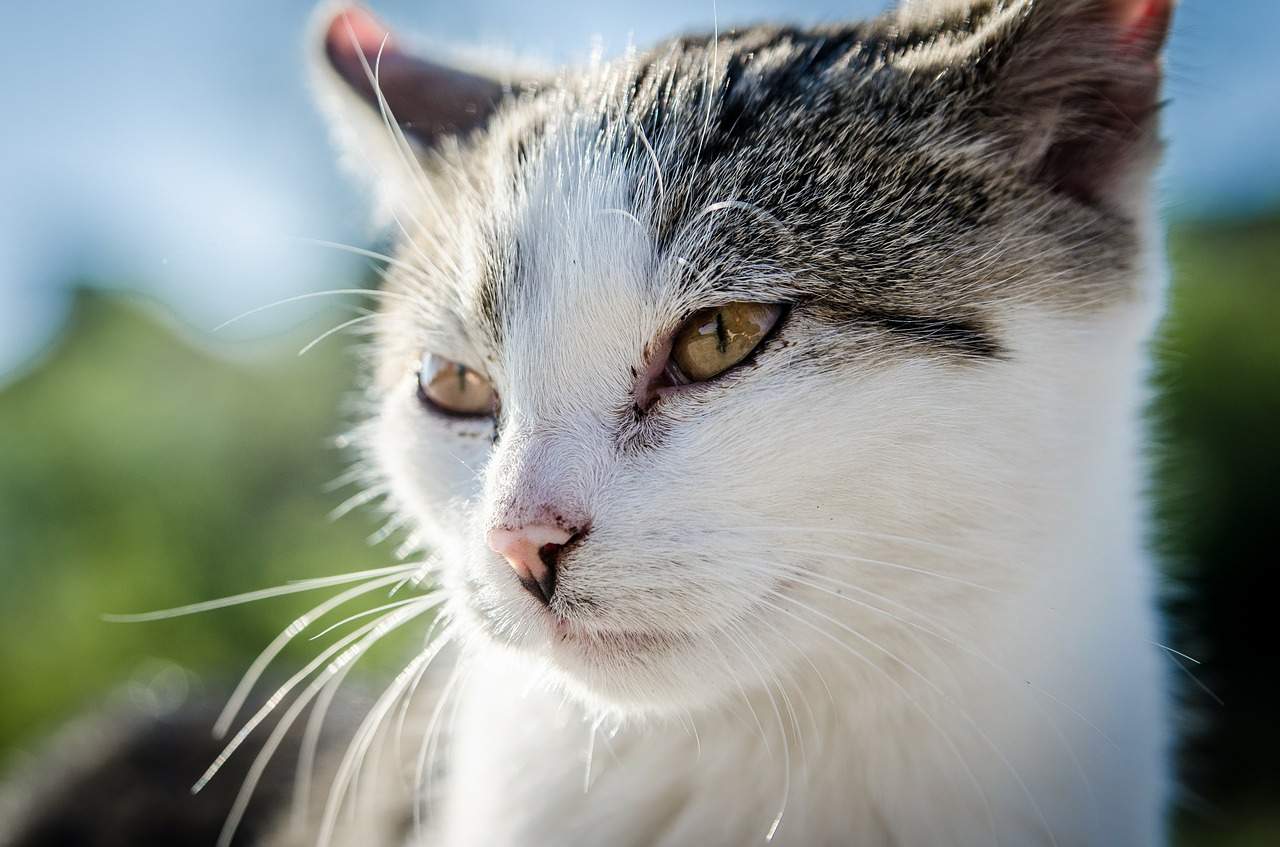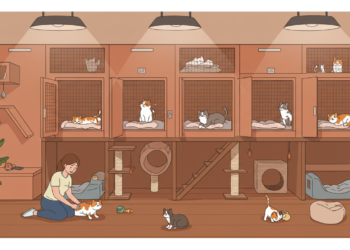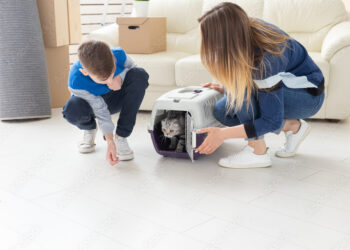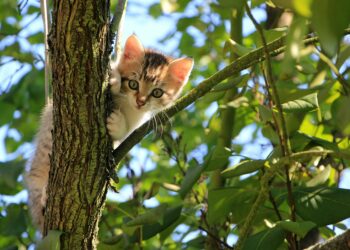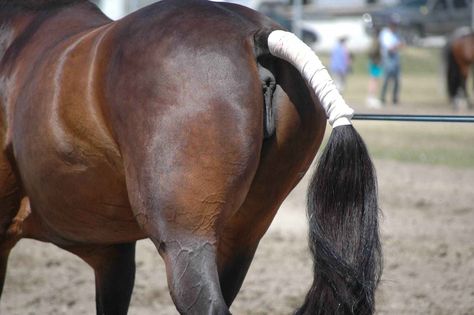Caring for the health of your cat is one, if not, the most important responsibilities of cat parenthood. You need to be up-to-date with its vaccination and deworming schedules. Even if your cat is an indoor fellow, worms in cats can still infect it and multiply inside its gut, making your cat susceptible to various health problems like anemia.
Your cat can get infected with roundworms, hookworms, tapeworms, and lungworms. Depending on the type of internal parasite, your cat will manifest parasite-specific symptoms. Let us now decipher the general warning signs so you can better care for your pussycat.
You May Like: Worms in dogs And Cats: All You Need to Know About Pet Worms
Dull Coat
Your cat’s coat is naturally lustrous and beautiful. But if you begin to notice that its fur is becoming rough and coarse, worms could be the culprit.
No matter how nutritious your cat’s food is but if the worms continue to ‘partake’ with its food, your pet is prevented from getting the right amount of nutrition. This is why worms in cats cause dull and coarse coat.
Check your cat’s stool
Good if you are not the type of a squeamish cat parent because you won’t mind looking into your cat’s feces from which you can find evidence of worms. These may be visible, too around its anal area and even on the beddings.
Worms in cats are varying sizes, but the most common are the roundworms which could be around 3 to 5 inches long. These worms are white to light brown.
Then there’s the tapeworm that could also be spotted on the feces and near the anal area. These are usually pale yellow and are about 4 to 28 inches in length while fresh and stretched out. But they dry out upon leaving your cat’s body making it difficult for you to spot.
However, if you see some dry segments that look like sesame seeds or grain of rice, it is a sure sign of tapeworms in cats. You can see these stuck on your cat’s coat along the anal area.
In severe cases, your cat may also vomit a bunch of worms that look like spaghetti noodles.
Read Also: Boy Cat Names; Find the Perfect Male Kitten Name
Unusual behavior
Two behaviors tell you that your pet may be having an issue with worms in cats, these are lethargic behavior and dragging its bottom on the ground.
It is natural for your cat to feel less active since worms are sucking up the nutrients causing your pet to feel sickly. Plus, if your cat is heavily infested with intestinal worms, the worms may cause an intestinal blockage (especially tapeworms) making food unable to pass through the stomachs as it normally would.
This is why your cat gets tired easily and may also eat more than usual. But, even its food intake increases, its body weight continues to drop as a result of worm infestation.
To be more certain of the reason for your cat’s lethargy is due to worms in cats, check if this behavior is accompanied by scooting its bottom on the ground. Worms and worm eggs irritate its anal area, thus, your pet scoots or drags its bottom to relieve itself from itchiness.
If you notice these abrupt changes in its usual active self, one possible explanation is intestinal worm infestation.
Abdominal swelling
We know that it is scary to see your feline pet manifesting a potbellied appearance. There are many reasons for this and one of those is intestinal worms in cats.
If the worms have multiplied to a large number, the intestine may result in distention of the abdomen, giving your feline pet a potbellied appearance. Roundworms are the usual reason for this but other types of worms can also cause a potbelly appearance in cats.
If you are not sure if it is a case of potbelly or your cat is simply overweight, check the body of your cat for fat pads.
Run your fingers across its backbone, if you will feel some bumps along its spine, then those are fat pads over your cat’s bones. However, if what you feel are sharp and angular bones, it means that your cat’s potbelly appearance could be due to intestinal worm infestation and not because of excess fat. You may also want to feel it’s hip and pelvis areas.
Cat panting
Cats do not pant as heavy as dogs, but if you hear your feline pet pants, the cause of heavy breathing and panting in cats maybe because of lungworms.
Lungworm is a parasite such as parasitic nematodes (roundworms) that dwell in the small arteries and airways of the lungs.
Lungworms cause lung damage and respiratory distress. If your cat is infected, the symptoms include persistent coughing, heavy breathing, panting, and weight loss.
The adult lungworm can stay up to 2 years in your infected cat’s lungs. They can produce larvae that are detected in the feces of your pet.
Heartworm is also known to be the cause of heavy breathing and panting in cats. Unlike dogs, heartworm disease in cats is a lung disease and not heart disease, thus, the symptoms are respiratory-related.
Why Is It Important to Know the Signs of Worms in Cats?
It’s because these intestinal worms may be passed on to you. You can get it from contaminated soil each time you do your gardening. The most vulnerable are pregnant women. Children who play outside and do not wash their hands after playing can get infected, too.
This is why we recommend that you stay up-to-date with the deworming program of your cat.
Read Also: Best Cat Breeds for Beginners: a Comprehensive Guide to Choose
Conclusion
No matter how careful you are with your feline pet, it will get infected with harmful worms whether you like it or not. The only way that you can protect it (and yourself, too) is through regular deworming.
There are different deworming products that you can get for your pet. Talk to your vet which is the right one for your pussycat.


